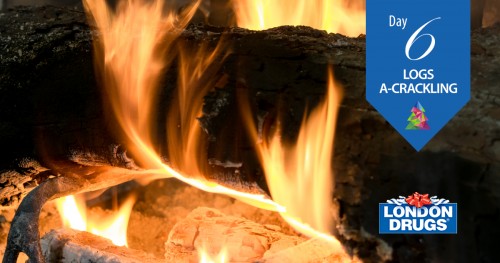6 logs a-crackling

How to Build the Best Ever Christmas Fire
We all love the cozy atmosphere that comes along with a wood-burning fireplace. However, if you don’t use your wood stove very often, it can be a little intimidating. Here’s how to make that fire and ensure your family will be warm and toasty throughout the holidays.
To build a fire, you need three key items:
- A newspaper
- A handful of finely split, dry kindling in a variety of sizes
- Seasoned firewood split into a variety of sizes
- Optional: Fire starters, which are made of sawdust and paraffin wax (homemade or store bought)
There are three foolproof fire techniques to choose from.
- Two parallel logs: Place two split logs a few inches apart, and add crumpled newspaper in between the logs. Then, place kindling across the logs, above the newspaper. Light the newspaper on fire and watch as the kindling catches. This is a good one because the orientation of the newspaper gives the kindling time to light before the flame has the transfer to the logs. Add logs as necessary to keep the fire burning.
- Top down: This technique may take a little getting used to, but it’s reliable and also produces minimal smoke. Place three full-sized split logs on the floor of the fireplace, and place several pieces of medium-sized kindling across them. Then, roll up four pieces of newspaper and loosely knot them in the middle (this prevents the newspaper from rolling around), and distribute them across the kindling. Last, light the newspaper. You’ll see the flame travel down through the kindling to the larger pieces of wood. This fire should last for about two hours.
- Fire starters: A cheat? Maybe. But as long as you distribute the fire starters evenly among dry pieces of split wood, your fire will start dependably. Simple. This way, you can focus on Christmas movies and hot cocoa.
[More at Woodheat]








